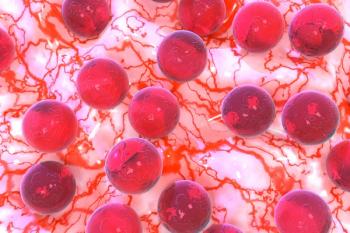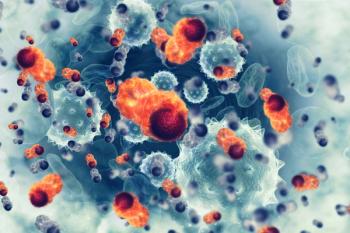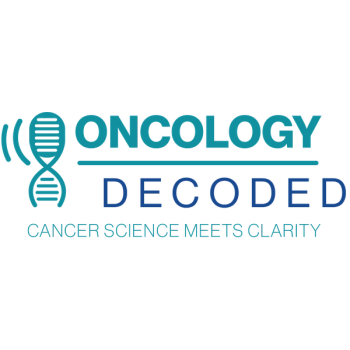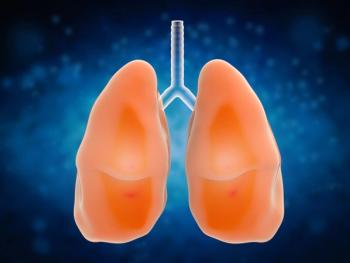
FDA Grants Priority Review to Application for Liso-Cel in Second-Line LBCL
The CD19-directed CAR T-cell therapy lisocabtagene maraleucel was granted priority review by the FDA following an application for its use in patients with relapsed or refractory large B-cell lymphoma receiving therapy in the second-line setting.
The FDA has granted priority review to a supplemental biologics license application for lisocabtagene maraleucel (liso-cel; Breyanzi) as treatment for second-line relapsed or refractory large B-cell lymphoma, according to a press release from the agent’s developer Bristol Myers Squibb.1
Data from the randomized
“[Liso-cel] as a differentiated CD19-directed CAR T-cell therapy has already proven to be an important treatment option for patients with relapsed or refractory large B-cell lymphoma after two or more lines of systemic therapy and now has the potential to be a new standard of care for patients after failure of first-line therapy, offering significantly improved outcomes beyond the current mainstay of care,” Anne Kerber, senior vice president of Cell Therapy Development at Bristol Myers Squibb, said in a press release. “This acceptance from the FDA brings us one step closer to delivering a practice-changing treatment for primary refractory or relapsed large B-cell lymphoma, making [liso-cel] available to more patients in need, and underscores the advancements we’re making in cell therapy research to transform the lives of patients with difficult-to-treat blood cancers, including lymphoma.”
Results from the trial that were reported at the
The objective response rate with liso-cel was 86% (95% CI, 77.0%-92.3%) vs 48% (95% CI, 37.3%-58.5%) in the SOC arm. The rates of complete response were 66% (95% CI, 55.7%-75.8%) and 39% (95% CI, 29.1%-49.9%), respectively (P <.0001).
The median progression-free survival (PFS) in the liso-cel cohort was 14.8 months (95% CI, 6.6-NR) vs 5.7 months (95% CI, 3.9-9.4) in the SOC cohort (HR, 0.406; 95% CI, 0.250-0.659; P = .0001). Overall survival was not reached in either cohort, but there was a trend toward favorable outcomes in the experimental arm (HR, 0.509; 95% CI, 0.258-1.004; P = .0257).
At the data cut-off for the analysis, the median follow-up time for the liso-cel (n = 67) and SOC (n = 68) arms was 6.2 months. Those included in the analysis were patients who underwent leukapheresis followed by randomization, with the liso-cel arm receiving 100 x 106 CAR T cells and SOC having 3 cycles of salvage chemotherapy followed by high-dose chemotherapy plus autologous stem cell transplantation.
With liso-cel treatment, cytokine release syndrome (CRS) and neurological events (NEs) occurred in 49% and 12% of patients, respectively.
Previously, the
The FDA set a Prescription Drug User Fee Act date for this application of June 24, 2022.
References
- U.S. Food and Drug Administration (FDA) accepts for priority review Bristol Myers Squibb’s supplemental biologics license application for Breyanzi (lisocabtagene maraleucel) as a second-line therapy for relapsed or refractory large B-cell lymphoma. News release. Bristol Myers Squibb. February 17, 2022. Accessed February 17, 2022. https://bit.ly/3sP2LYh
- Kamdar M, Solomon SR, Arnason J, et al. Lisocabtagene maraleucel (liso-cel), a CD19-directed chimeric antigen receptor (CAR) T cell therapy, versus standard of care (SOC) with salvage chemotherapy (CT) followed by autologous stem cell transplantation (ASCT) as second-line (2L) treatment in patients (Pts) with relapsed or refractory (R/R) large B lymphoma (LBCL): results from the randomized phase 3 transform study. Blood. 2021;138(suppl 1):91. doi:10.1182/blood-2021-147913
Newsletter
Stay up to date on recent advances in the multidisciplinary approach to cancer.


















































































